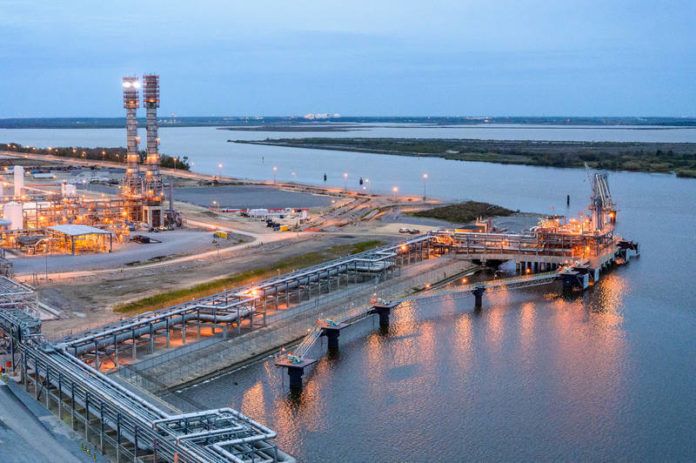Argus Media predicts prospects for an expected second wave of U.S. LNG exports should become clearer later this year when a number of proposed projects are expected to make funding decisions for projects that would come on line in the early- to mid-2020s.
In a column late last week, the London energy and commodity information firm wrote that the ongoing US-China trade war will make it more difficult to fund second-wave projects if it is not resolved, as China is expected to be the fastest-growing LNG market in the foreseeable future.
Cheniere Energy first proposed exporting LNG from the contiguous U.S. in June 2010 from its existing Sabine Pass LNG import terminal in Louisiana, Argus notes, as it faced potential bankruptcy because the U.S. shale gas boom had virtually eliminated demand for LNG imports. The move was met with widespread skepticism, but this year the nation became the world’s third-largest exporter behind Qatar and Australia, surpassing Malaysia.
Sabine Pass started exporting in February 2016 and is now the largest U.S. gas consumer, processing an average of 3.89 Bcf/d in December and 4.04 Bcf/d so far this month.
All six US facilities are producing and exporting LNG, with Cameron LNG in Louisiana, Freeport LNG in Texas and Elba Island LNG in Georgia scheduled to bring their respective final first-wave liquefaction trains on line in 2020. When that process is complete, U.S. baseload liquefaction capacity will be equivalent to 8.8 Bcf/d of gas and peak capacity will be equivalent to 10.4 Bcf/d.



